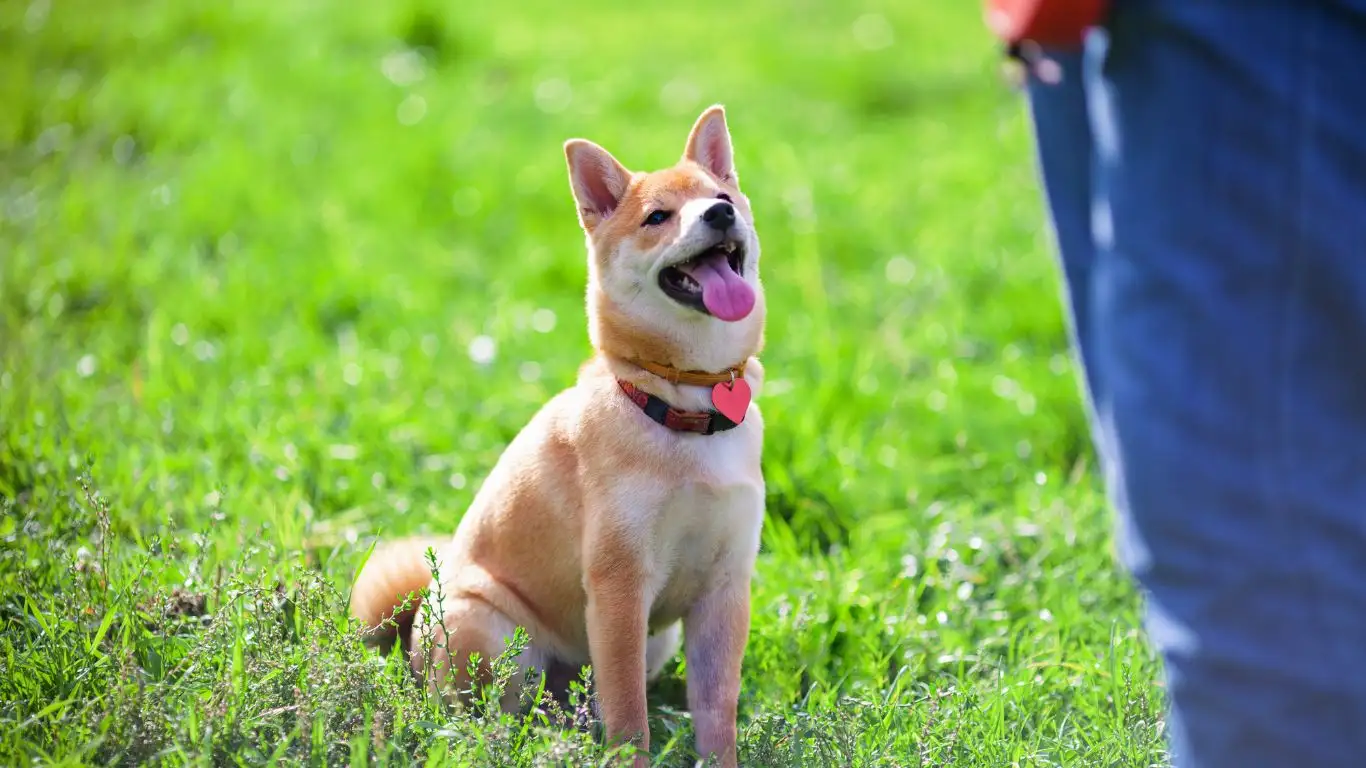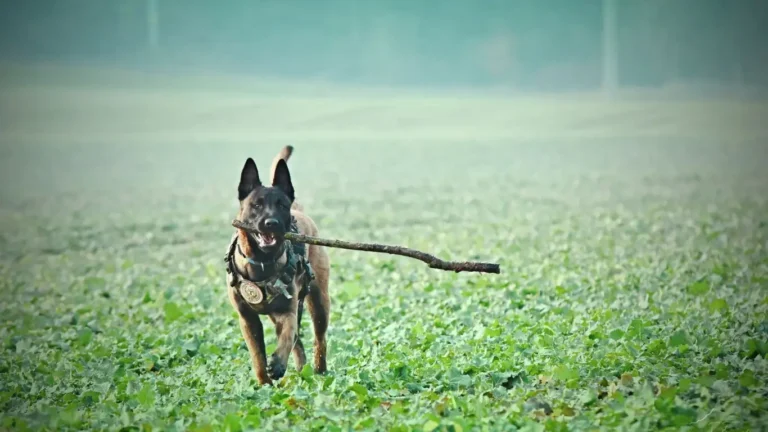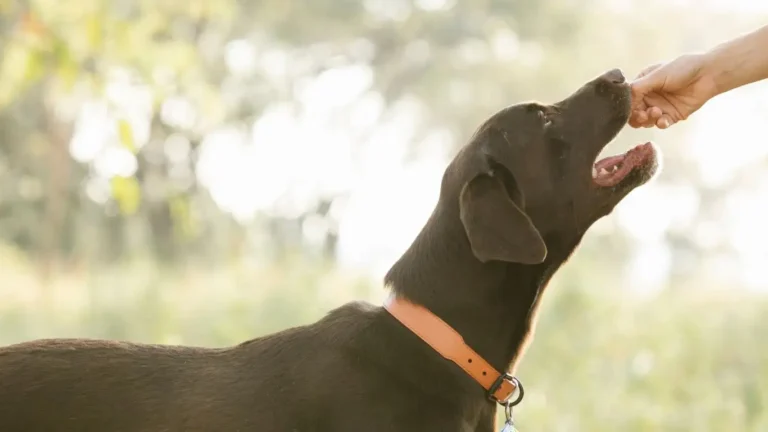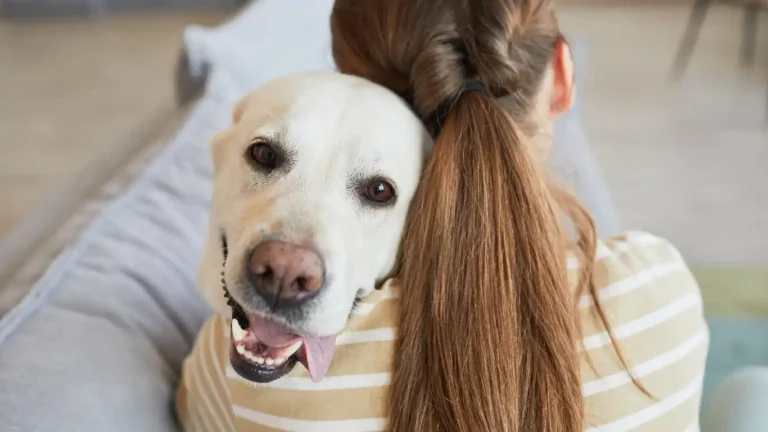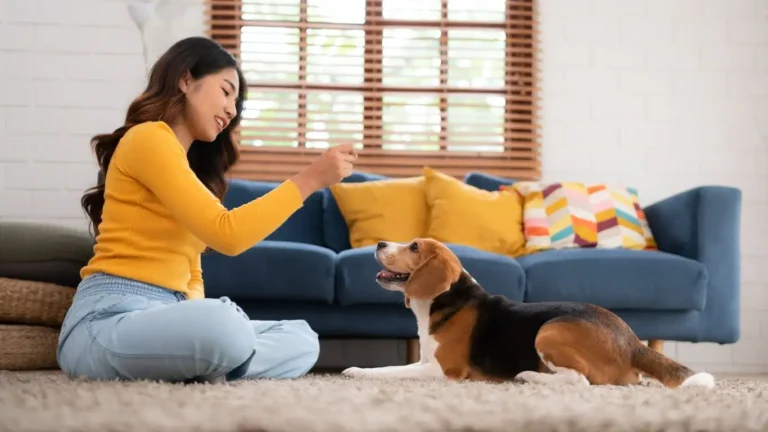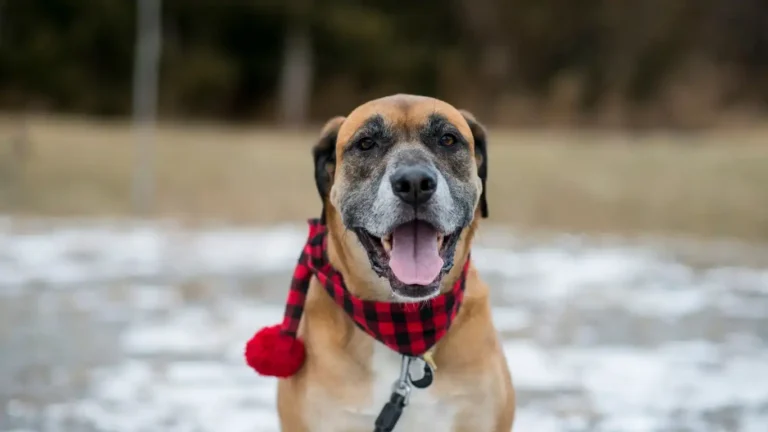How to Train a Dog to Follow Verbal Cues Fast and Effectively
Ever wondered how to train a dog to follow verbal cues without all the stress and confusion? Trust me, I’ve been there. As a Canine-Assisted Therapy Trainer, I’ve had countless pups come through my sessions with owners desperate for help. Whether it’s a stubborn bulldog who only listens when treats are involved, or an overexcited golden retriever who thinks “sit” means “zoom around the room,” I’ve seen it all. The good news? Teaching verbal commands doesn’t have to be a battle. With the right approach, patience, and consistency, your dog can not only understand your words—but actually respond to them like a champ.
Why Verbal Cues Matter in Real Life Dog Training
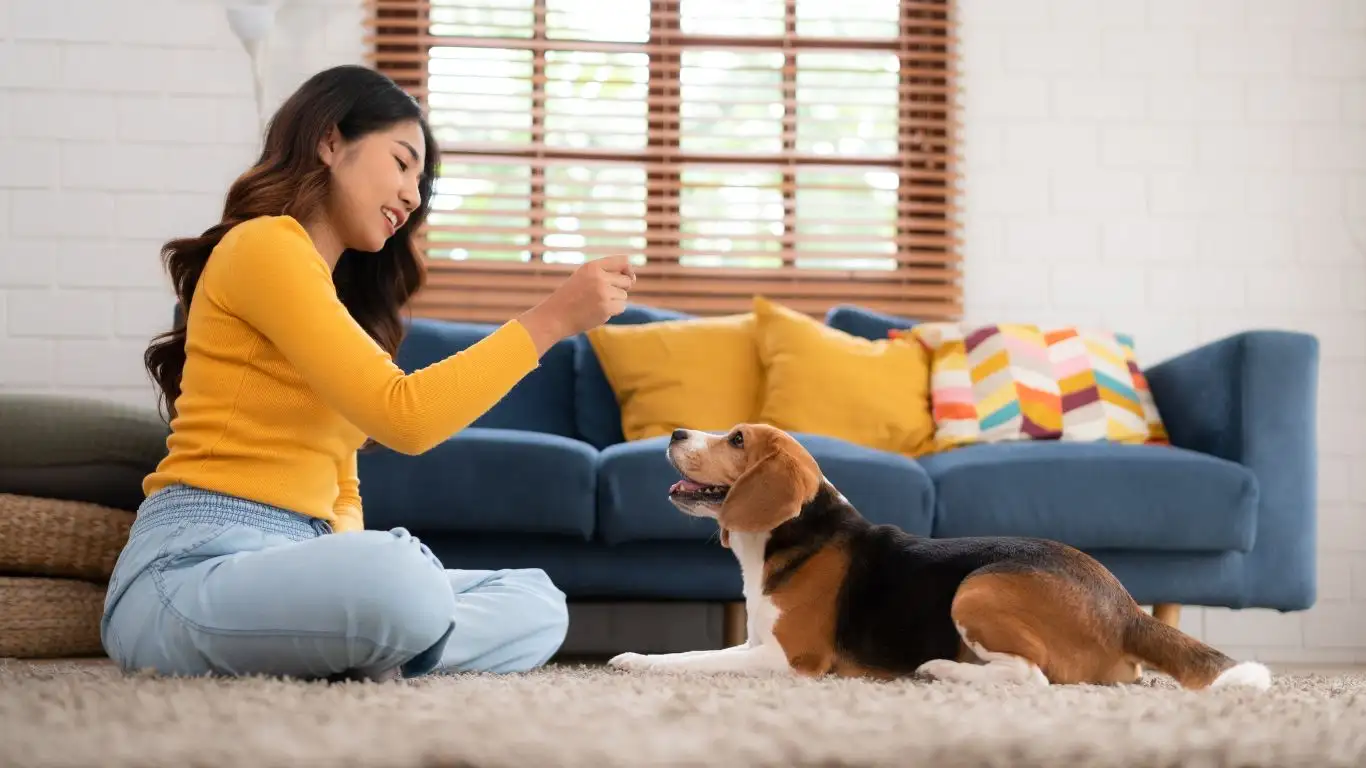
In my early days of training therapy dogs, I quickly realized that verbal cues weren’t just about impressing friends with well-behaved pets—they were about creating a common language between handler and dog. Dogs are incredibly intuitive, but they aren’t born understanding human speech. It’s up to us to teach them what “sit,” “stay,” or “come” really mean in a way they can process and trust. Especially in therapy settings, clear communication through verbal commands can prevent stress for both the dog and the person they’re assisting.
The Power of Clarity and Consistency
Think of it like this—if you say “down” one day to mean “lie down” and “off” the next day to mean the same thing, your pup’s going to be as confused as I was the first time I tried to learn TikTok dances. Dogs thrive on consistency. Pick your words and stick with them. I like to keep verbal cues simple—no fancy lingo. Here’s a quick list I personally use with new therapy trainees:
- Sit – To park their furry behind
- Stay – Remain in place until released
- Come – Return to you immediately
- Down – Lie down with belly touching ground
- Off – Get off furniture, people, or other objects
Make your commands short, clear, and always say them the same way. No switching it up with “down now, buddy” or “get down please”—dogs don’t speak English, they hear patterns and tone. Keep it consistent and you’ll see faster results.
How to Train a Dog to Follow Verbal Cues Using Positive Reinforcement
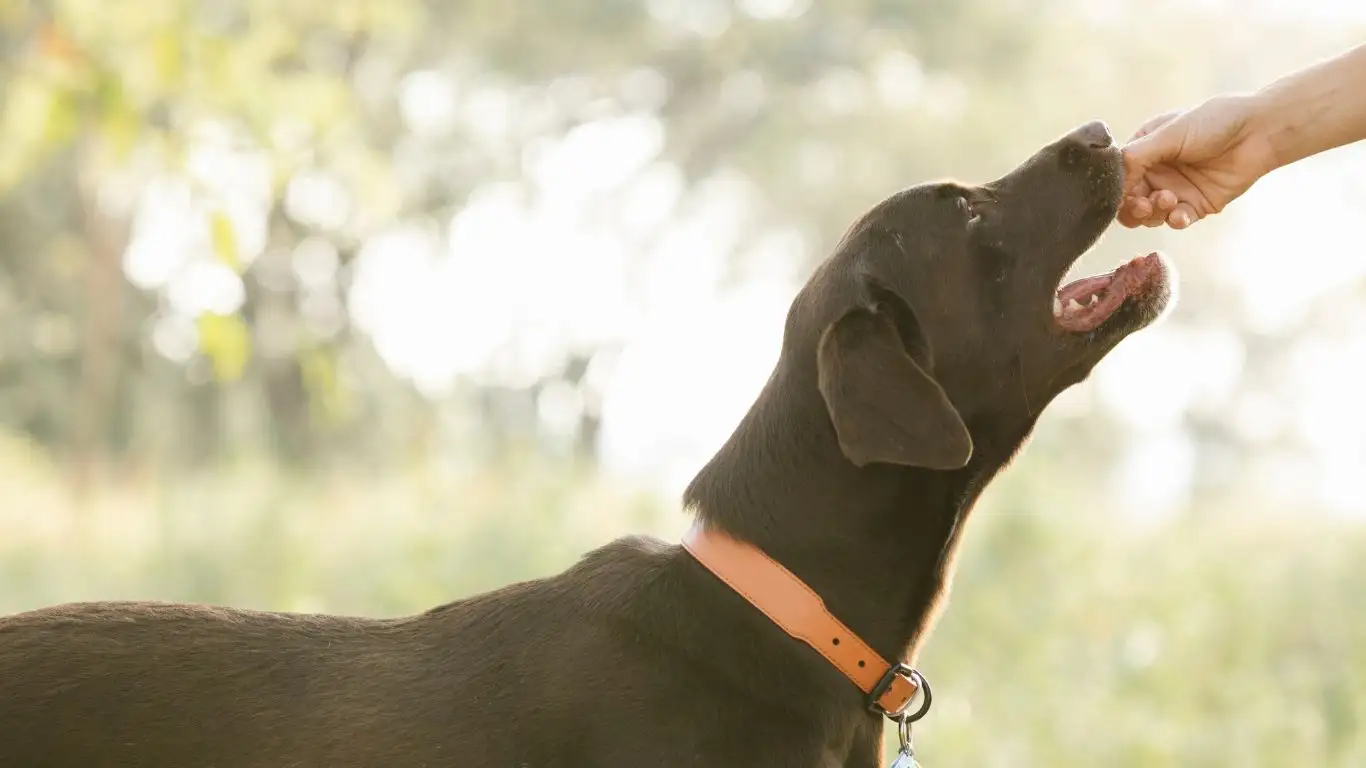
This is where the magic really happens. I can’t emphasize this enough—positive reinforcement is your best friend when teaching verbal cues. I remember working with a rescue husky named Luna who had never been trained before. At first, she ignored every cue like she was above it all. But once we started pairing commands with treats and praise, the lightbulb went off. She transformed in just a few weeks.
Steps to Reinforce a Verbal Cue
- Say the cue clearly and confidently—e.g., “Sit.”
- Give the dog a second to respond naturally. (Be patient!)
- Guide them gently into the position if they’re unsure.
- Reward immediately with a treat, toy, or tons of praise.
- Repeat in short sessions, ideally 5–10 minutes max per training burst.
Most importantly, always keep the mood upbeat. Dogs read your energy. If you’re frustrated or tense, they’ll pick up on it and get anxious too. Think of it as a fun learning game between the two of you, not a power struggle. And celebrate the small wins—even holding a “sit” for 3 seconds deserves a cheer in the beginning stages.
Be Smart About Timing and Environment
Another trick I’ve picked up over the years is picking the right moment and place to train. You don’t start teaching “stay” at a noisy dog park. Keep early sessions in low-distraction areas—your living room, backyard, or even a hallway. Once your dog nails the command there, you can slowly introduce more distractions.
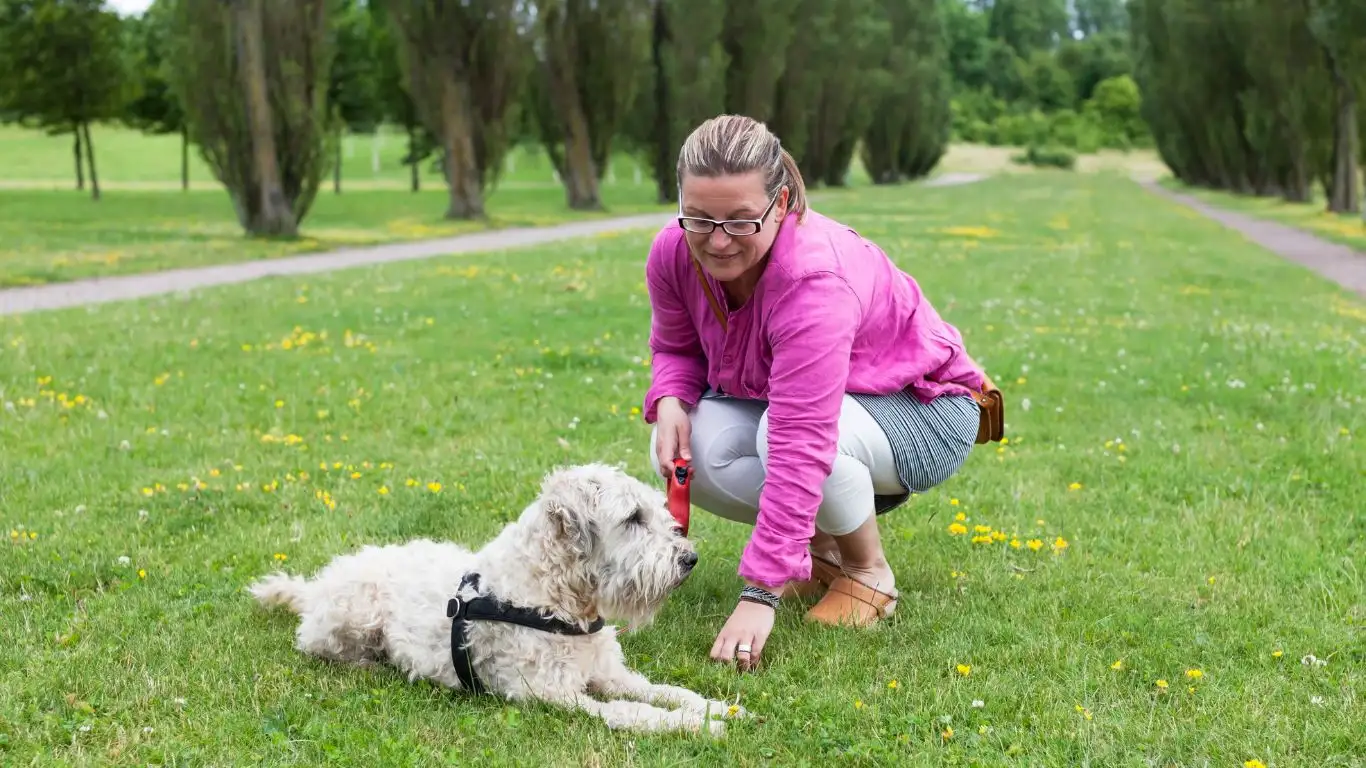
Morning tends to be a golden window for many dogs—before meals and while their energy’s still fresh. But every dog is different. Some are night owls in fur coats. Observe your pup’s rhythm and train during their alert windows.
Common Challenges When Teaching Verbal Cues and How to Overcome Them

Let’s be real—training isn’t always smooth sailing. Even with the best intentions, dogs sometimes seem to have a mind of their own. I’ve coached so many owners who’ve felt frustrated when their dog suddenly “forgets” what a command means or completely ignores them. Spoiler alert: It’s not your fault, and it’s not your dog being stubborn either. There are a few common hiccups that can pop up on your training journey.
Distractions Are the Silent Training Killer
Dogs live in the moment—and sometimes that moment is filled with squirrels, kids on bikes, or other dogs barking their heads off. I remember one session with a lively border collie named Max. We nailed “come” in the quiet backyard, but the second we hit the park, he was off chasing pigeons like a wild tornado.
To tackle this, start small and slowly build distractions back into your training routine. If you feel your pup is getting overwhelmed, scale it back. Don’t be afraid to retreat to a quieter spot to reset. Think of it as training with training wheels—once your dog gets confident, you can let them roll free.
Inconsistent Rewards Can Confuse Your Dog
Ever heard the phrase “random rewards keep the behavior strong”? It’s true, but only after the command is well-established. In the early stages, dogs need to clearly connect their actions with positive outcomes. If you sometimes reward and sometimes don’t, your dog might think the command isn’t important—or worse, that you’re playing a guessing game.
When I train therapy dogs, I start with a high rate of rewards—think treats or praise every time they get it right. As they improve, I gradually switch to an intermittent schedule, rewarding unpredictably but enough to keep motivation high. This approach keeps the behavior solid without turning your pup into a couch potato expecting a snack every second.
How to Train a Dog to Follow Verbal Cues with Body Language and Voice Tone
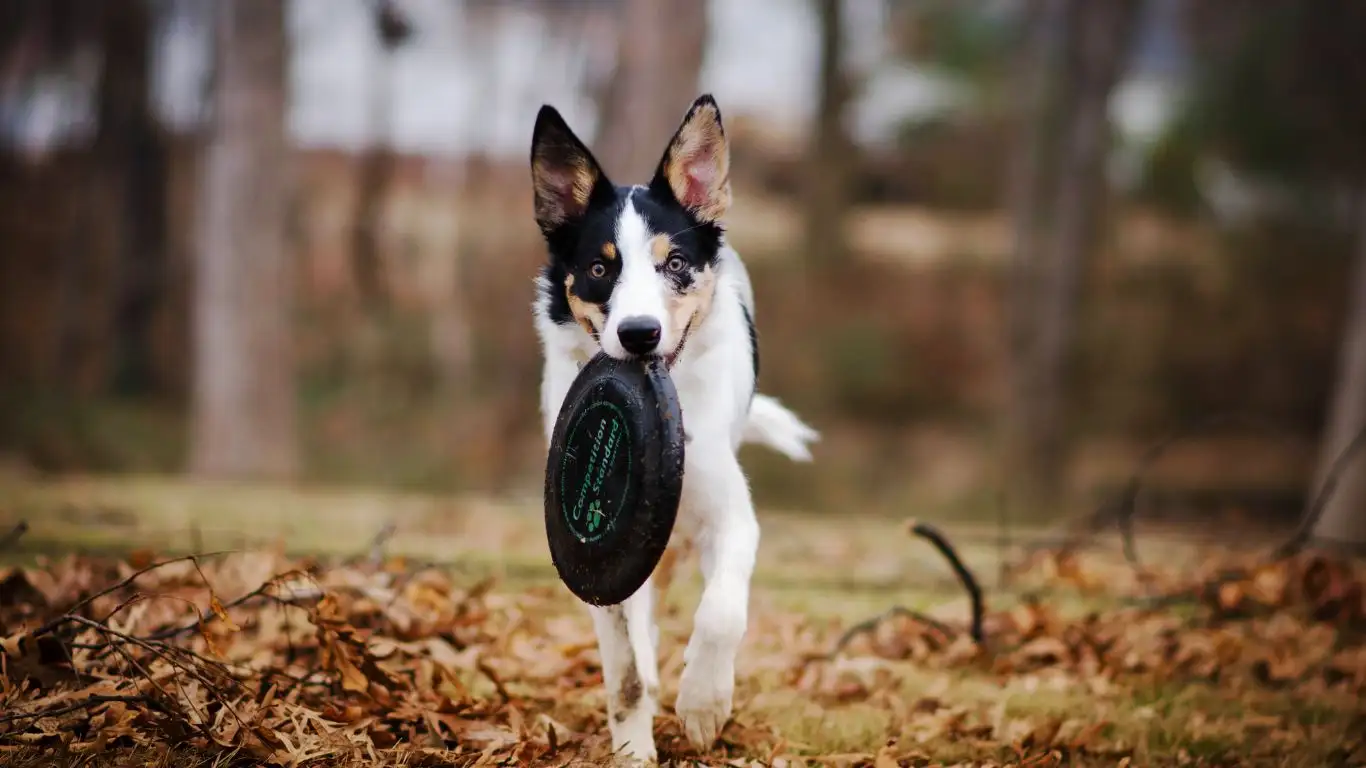
Here’s a little secret from my years working hands-on with therapy dogs: verbal cues don’t work in isolation. Dogs rely heavily on body language and tone of voice to interpret what you want. Sometimes, even if your words are perfect, your body might say something different—like that nervous energy when you’re rushing a command.
Match Your Body Language to Your Words
When I say “sit,” I usually squat down a bit and hold my hand palm-up as a subtle “come here” invitation. This gives the dog extra clues to help them understand. When you want them to stay, try standing tall and still, signaling calm and patience. Over time, your dog will pick up on these patterns and respond even before you say the word.
Use Your Voice as a Tool
Voice tone can make a huge difference. Think about how you talk to a friend when you’re excited versus when you’re serious. Dogs hear those shifts clearly. I’ve noticed that a cheerful, upbeat tone works wonders for “come” or “play,” while a firmer, calm voice is best for commands like “stay” or “no.” Experiment with what your dog responds to best—each pup is unique.
Incorporating Training Into Everyday Life

One of the biggest tips I share with every owner is: training isn’t just a sit-down session. It’s something you weave into your daily routine. Dogs learn fastest when commands become part of their regular day-to-day experience—not just during “training time.”
Simple Ways to Practice Verbal Cues Daily
- Use “sit” before meals: Make your dog sit before you put down their bowl. It turns a command into a meaningful habit linked to rewards.
- Practice “come” during walks: Let your dog explore, then call them back periodically with a cheerful “come” and reward them when they obey.
- Ask for “stay” at doorways: Before going outside or entering your home, make your dog wait calmly. This helps reinforce patience and impulse control.
- Use “down” during quiet moments: Encourage your dog to lie down on a mat or bed when you’re relaxing. It helps create a calm space for them.
When I was training Bella, one of my therapy dogs, these everyday moments were game changers. Instead of forcing a formal training session every day, I sprinkled commands into fun, natural interactions. It kept Bella engaged and helped her understand that verbal cues were part of normal life—not just something weird her trainer made her do.
Patience and Persistence Are Your Best Allies
Last but definitely not least, remember that every dog learns at their own pace. Some pups pick up verbal cues in just a few sessions, while others need weeks or even months. The key is not to rush or get discouraged. Celebrate progress—no matter how small—and keep sessions short and positive. As someone who’s worked with dogs facing anxiety, trauma, and even physical challenges, I’ve seen firsthand how consistent love and encouragement unlock a dog’s full potential.
Advanced Tips for Teaching Verbal Cues That Really Stick

By now, you’ve got the basics down—consistent commands, positive reinforcement, and everyday practice. But what about those moments when you want your dog to listen no matter what? That’s where some of the more advanced techniques come in. Over the years, I’ve learned that training isn’t just about repetition; it’s about building a deep bond and clear communication with your furry friend.
Proofing the Behavior: Teaching Your Dog to Listen Anywhere
“Proofing” might sound fancy, but it simply means teaching your dog to obey your verbal cues under all kinds of distractions and situations. I always recommend gradually increasing the difficulty. For example, once your dog has nailed “stay” in the living room, practice in the backyard, then at the park, and finally around other dogs and people.
In therapy dog training, proofing is essential because the environment can be unpredictable. When I worked with a therapy dog named Jax, we had to make sure he could respond to “come” or “down” even when a hospital corridor was bustling with activity. The key is to expose your dog to different environments little by little—never overwhelming them, but gently challenging their focus.
Use Life Rewards for Extra Motivation
Treats and toys are great, but life rewards take training to the next level. This means you tie your commands to something your dog genuinely wants in everyday life—like going for a walk, playing fetch, or getting pets and affection. For example, make your dog sit or stay before opening the door to go outside. This teaches them that listening leads to real-life benefits beyond treats.
When Bella, my therapy dog, realized that “wait” meant she got to walk outside safely and calmly, her willingness to obey skyrocketed. It’s all about making the command meaningful and rewarding in a way that fits your dog’s personality.
Common Mistakes to Avoid When Training Verbal Cues
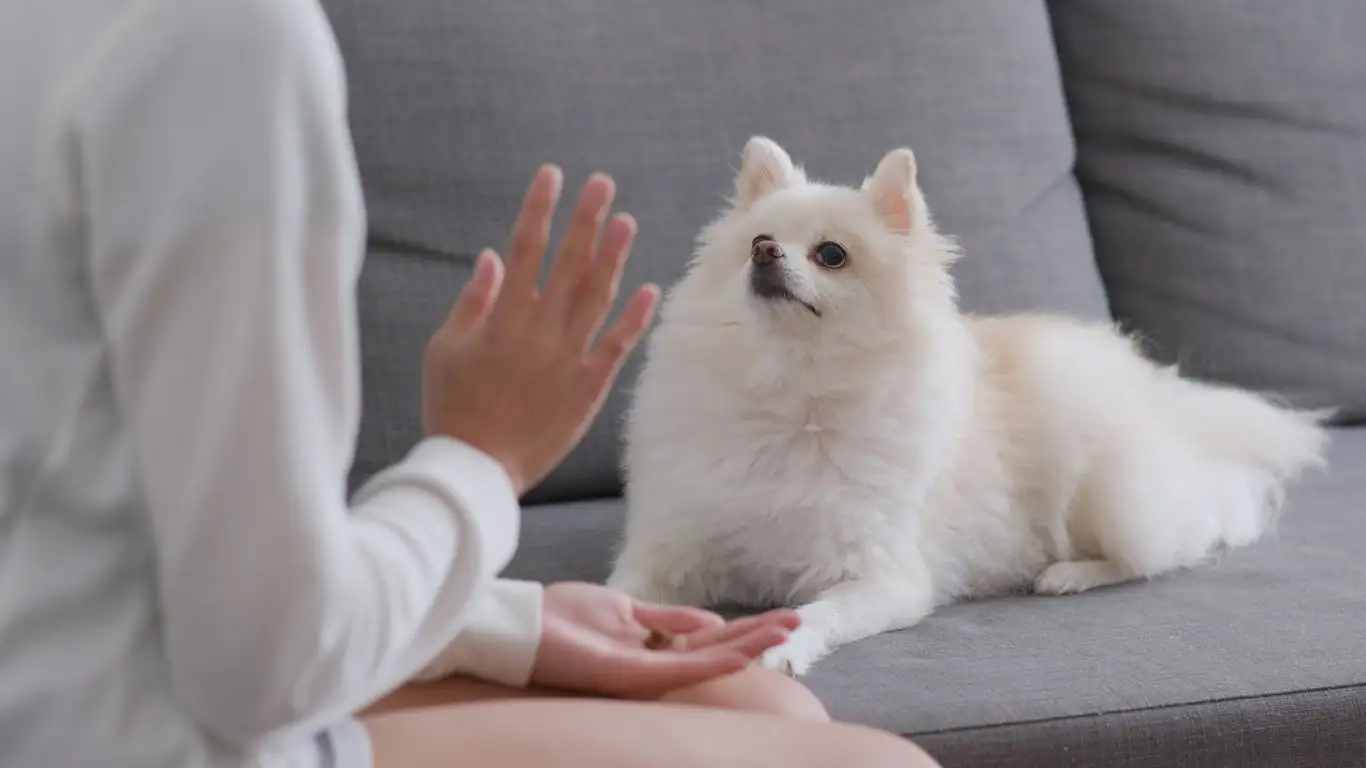
Even with the best intentions, some mistakes can slow down or confuse your dog’s progress. I’ve seen owners unintentionally trip themselves up, and honestly, it’s totally normal. Awareness is the first step toward improvement.
Talking Too Much or Using Long Phrases
Dogs process sounds and tone better than complex sentences. Saying “Hey Buddy, could you please come over here now?” is way too much. Stick to one or two simple words for each cue. That clarity is what makes the difference.
Using Commands as Questions
This is a subtle but common one. If you say “Sit?” with a questioning tone, it’s like you’re asking your dog if they want to sit, not telling them to do it. Be firm and confident—your dog looks to you for guidance.
Inconsistent Timing of Rewards
Rewarding too late or inconsistently breaks the link between the behavior and the reward. I always advise to reward immediately when the dog performs the cue. This timing is critical for learning.
Getting Frustrated or Punishing
Dogs are sensitive to our emotions. If you get angry or punish your dog for not following a verbal cue, it can create fear or confusion. Positive, patient training leads to trust and better results in the long run.
Final Thoughts on How to Train a Dog to Follow Verbal Cues
Teaching your dog to respond reliably to verbal commands is a journey—not just for them, but for you as a handler too. It takes time, patience, and a lot of love. From my years in canine-assisted therapy, I’ve learned that the best trainers are the ones who listen as much as they teach. Your dog wants to understand you—they’re just waiting for you to find the right way to say it.
Remember, every dog is unique. What works for one might need tweaking for another. Celebrate every bit of progress and enjoy the process of growing your bond.
References
Disclaimer
The information provided here is based on my personal experience as a Canine-Assisted Therapy Trainer and supported by reputable animal care organizations. However, every dog is different, and training results may vary. If your dog has behavioral issues or medical concerns, please consult a professional trainer or veterinarian for personalized advice. This article is for informational purposes and should not replace professional guidance.
